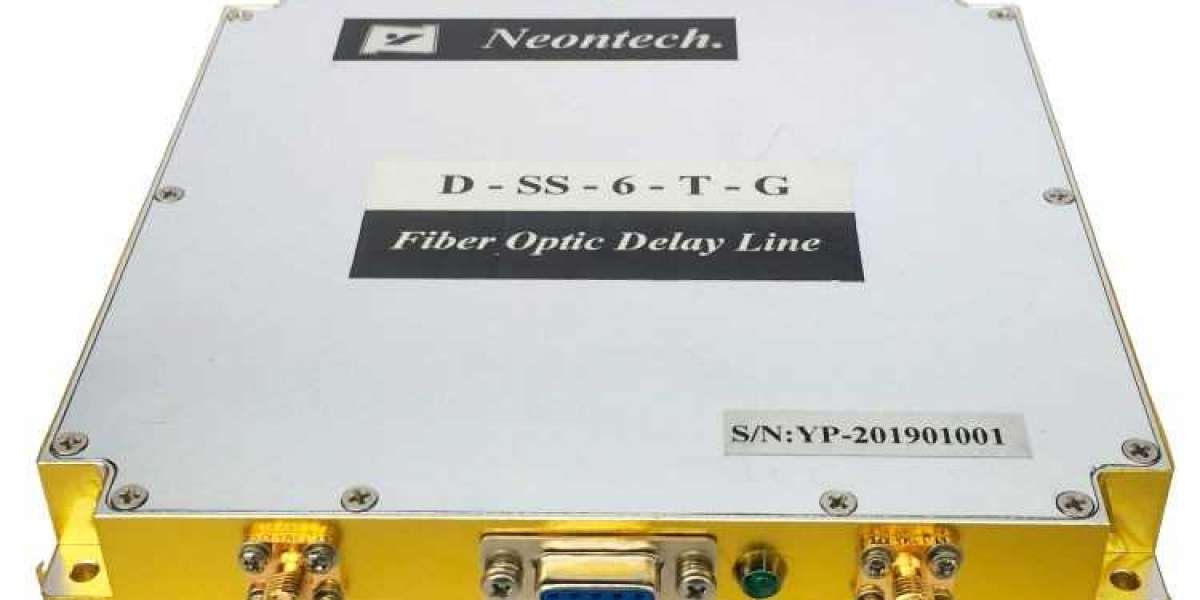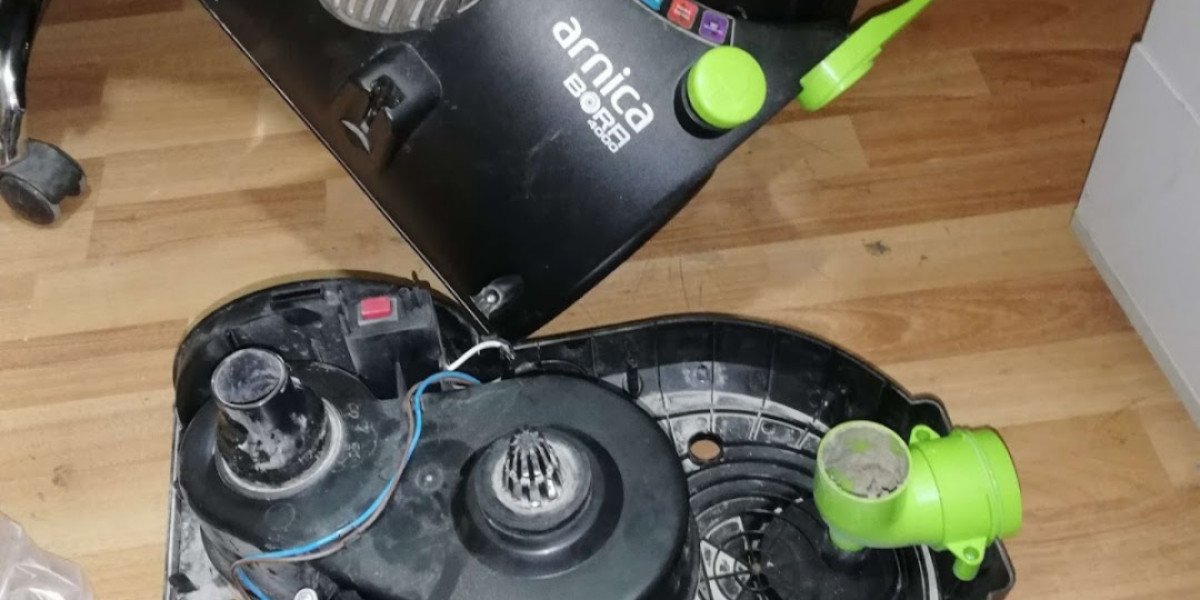As the name implies, passive ODLs do not require a power source and typically consist of coils or spools of optical fiber wound or cut to precise lengths to provide a specific time delay. Depending on the length and latency required, these spools/coils are housed in enclosures that can range from portable modules for very short latency to larger rackmount enclosures for longer latency.
To achieve the desired time delays, ODL suppliers must be able to wind very precise fiber lengths, which requires significant investment in advanced automated fiber winding machines and associated testing equipment and procedures. Because of these features, most passive ODL solutions can not only be customized in terms of delay/length and fiber optic connector type to meet the user's exact requirements.
The expected accuracy of the time delay may vary depending on user and application requirements. For example, a telecommunications system manufacturer or integrator may require less accuracy in replicating field link delays in a laboratory environment, since a slightly larger tolerance is acceptable (eg: to ensure that actual delays are as expected). However, for low-latency financial or HFT network service providers deploying very specific time delays into their networks, more precise delays and tighter tolerances are often required.







